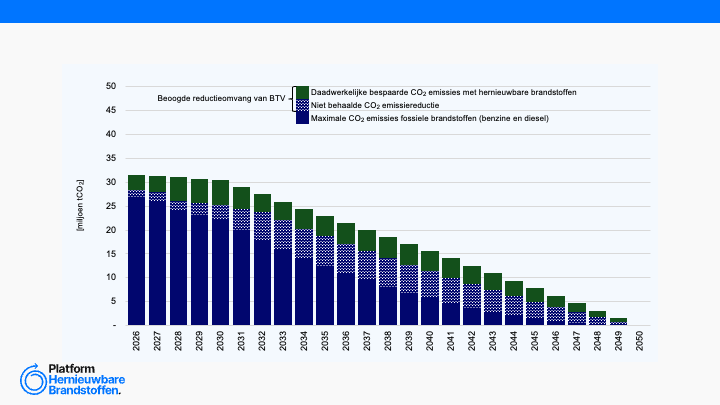OECD International Transport Forum: Decarbonising Maritime Transport–Pathways to zero-carbon shipping by 2035 | 2018

Executive Summary
What we did
This report examines what is needed to decarbonise international shipping by 2035. Zero carbon emissions from shipping within this timeframe is one of the proposed levels of ambition in the context of the International Maritime Organization’s “Initial GHG Strategy”, due to be agreed in 2018. Using the ITF International Freight Model, the report provides an updated baseline scenario for the development of emissions to 2035 and gives an overview of measures that can effectively reduce shipping emissions. Using different combinations of these measures, it charts possible decarbonisation pathways and reviews the conditions for implementation. The report concludes with recommendations on policies to incentivise decarbonisation.
What we found
Maximum deployment of currently known technologies could make it possible to reach almost complete decarbonisation of maritime shipping by 2035. The four potential decarbonisation pathways for shipping identified in this report would result in a CO2 emission reduction between 82% and 95% of the currently projected 2035 level. This reduction equals the annual emissions of approximately 185 coal-fired power plants. Remaining CO2 emissions would be between 44 and 156 million tonnes in 2035.
This compares to a business-as-usual scenario in which carbon emissions from international shipping are projected to increase 23% to 1090 million tonnes by 2035 compared to the 2015 level. An adjusted baseline projects carbon emissions from maritime shipping of 850 million tonnes by 2035 or the equivalent to the annual emissions of 210 coal-fired power plants. The adjusted baseline scenario assumes a substantial reduction in the transport of fossil fuels and a higher share of intra-regional trade.
Alternative fuels and renewable energy can deliver much of required reductions. Advanced biofuels are already available in limited quantities. Gradually, they should be complemented by other natural or synthetic fuels such as methanol, ammonia and hydrogen. Wind assistance could reap additional reductions. The first electric ships provide transport for short-distance routes. Technological measures to improve energy efficiency of ships could yield a substantial part of the needed emission reductions. Market-mature options include, among others, hull design improvements, air lubrication and bulbous bows. Finally, operational measures such as ship speed reductions, smoother ship-port interfaces and increased ship size could achieve further important emission reductions.
Some of the measures are currently more expensive than marine propulsion using oil-based fuel, because its price does not take external effects such as climate change into account. Zero-carbon vessels are generally more expensive than conventional vessels. Retrofitting the latter requires capital that ship-owners often will not invest. Costs will come down with increased uptake of new technologies. Governments can accelerate the commercial viability and technical feasibility of certain measures. Both private and publicfinancial institutions should offer additional financial tools and incentives to smooth the path to decarbonisation.
Certainty about the desirable decarbonisation pathway for shipping will help drive change. Clear guidance from governments is therefore essential to accelerate the transition towards zero-carbon shipping. Government intervention could make zero-carbon vessels more attractive and direct investment towards sustainable technologies and fuels, for example. Such guidance should include an ambitious decarbonisation target and a comprehensive set of short, medium and long-term measures to reach full decarbonisation. Technological innovation creates business opportunities around zero-carbon shipping, which can be a source for green growth and green jobs, not least in emerging economies. A smart phasing-in of carbon pricing for shipping could facilitate the implementation of these measures.
What we recommend
- Set a clear, ambitious emissions-reduction target to drive decarbonisation of maritime transport
An ambitious absolute target for emissions reduction in the shipping sector will be a strong driver of change. This study and recent other work demonstrates that such an ambitious emission target is within reach – if radical changes are implemented quickly. Strict targets would send an important signal to industry and research that investing in decarbonisation is potentially profitable.
- Support the realisation of emissions-reduction targets with a comprehensive set of policy measures
Successful decarbonisation requires a combination of measures from areas such as technology, operations and alternative energy. Ship owners play an essential role in implementing these global policies and regulations can support the uptake of low- and zero-carbon ships: through more stringent energy efficiency targets, a low-carbon fuel standard or speed limits for instance. National governments could encourage green shipping domestically by supporting research into zero-carbon technologies, their development and commercial application. Ports should provide shore power facilities, electric charging systems and bunkering facilities for alternative fuels. Shippers should assess the carbon footprint of their supply chain and target transport options with zero-carbon ships.
- Provide smart financial incentives to advance the decarbonisation of maritime shipping
Financial incentives will reduce the price gap between conventional and more sustainable fuel options. They could include a carbon price for global shipping, thus leaving it to the market to allocate resources optimally. Receipts from a carbon-pricing scheme could fund further research and development in green shipping or ship retrofitting programmes. They could also help to mitigate adverse impacts of decarbonisation on trade in least developed countries and small island developing states. National or regional incentive schemes could complement carbon pricing at a global level. Governments could also provide financial incentives for green shipping e.g. via public procurement and temporary exemptions of electricity taxes for electric ships. Ports could differentiate fees based on environmental criteria. Governments might collaborate with financial institutions or encourage domestic development banks to develop targeted financial instruments for green shipping.
The full report can be downloaded through the button on the right side of this page, or by clicking here.
Recente artikelen
Analyse brandstoftransitieverplichting



